PocketAnatomy® is a registered brand name owned by © eMedia Interactive Ltd, 2009-2022.
iPhone, iPad, iPad Pro and Mac are trademarks of Apple Inc., registered in the U.S. and other countries. App Store is a service mark of Apple Inc.
Anatomy Muscular tube, 4-12″, part of GI system (alimentary tract), connecting pharynx to stomach, continuous above with laryngeal pharynx at level C6; courses down behind trachea and heart, in front of spine, through mediastinum and on, passes through diaphragm at level T10, at which point it is continuous with stomach through a functional lower esophageal
- Published in Pocket Anatomy Pins
Anatomy One of the intrinsic muscles of the back. Consists of spinalis capitis, cervicus, thoracis. Spinalis capitis: Usually blends with semispinalis capitis. Spinalis cervicis: (Not always present) Origin: Ligamentum nuchae and spinous process of C7 (sometimes T1 to T2). Insertion: Spinous process of axis (C2). Spinalis thoracis: Origin: Spinous processes of L2 toT11. Insertion: Spinous
- Published in Pocket Anatomy Pins
Anatomy One of the intrinsic muscles of the back. Consists of longissimus capitis, cervicus and thoracis. Longissimus capitis: Origin: Transverse process of T1 to T5 and articular processes of C5 to C7 approx. Insertion: Posterior margin of mastoid process. Key Relations: Lies medial to longissimus cervicus. Longissimus cervicis: Origin: Transverse processes of T1 to T5.
- Published in Pocket Anatomy Pins
Functions The main function of the pinna is to collect sound and direct it into the ear canal; it acts as a filter, in that it selects the sound waves that are with the frequency range of human hearing. Anatomy Also known as the external ear, the pinna is the visible portion of the ear
- Published in Pocket Anatomy Pins
Anatomy One of the intrinsic muscles of the back. Consists of iliocostalis cervicus, thoracis and lumborum. Iliocostalis cervicis: Origin: Angles of 3rd to 6th ribs. Insertion: Transverse processes of C4 to C6. Iliocostalis thoracis: Origin: Angles of 7th to 12th ribs. Insertion: Angles of 1st to 6th ribs. Iliocostalis lumborum: Origin: Iliac crest, sacrum and
- Published in Pocket Anatomy Pins
Anatomy A thin leaf shaped cartilage situated at the inlet of the larynx. It is formed from yellow elastic fibrocartilage. It lies posterior to the root of the tongue and the hyoid bone. Its superior end is free, its inferior end is tapered and attaches internally to below the thyroid notch via the thyroepiglottic ligament.
- Published in Pocket Anatomy Pins
Anatomy Epididymis (head – receives spermatozoa, body, tail – reabsorbs fluids and concentrates sperm) is a single coiled tube, 20-24 feet long, enveloping/investing/covering the back and top of the testis, its head continuous with and receiving immature sperm (can’t swim or fertilise) from efferent ducts at back of testis, passing them on (mature, typically after
- Published in Pocket Anatomy Pins
Anatomy Layer of tough, dense, fibrous tissue that covers the upper portion of the cranium. Attaches posterior to occipitalis, anteriorly to frontalis, and laterally to auriculares anterior and superior. Posteriorly and laterally, its fibers are continued to the external occipital protuberance and zygomatic arch, respectively. Dorsally, it is firmly connected to the skin by the
- Published in Pocket Anatomy Pins
Anatomy The joint capsule attaches to the articular margins of the ulna, radius and humerus. It attaches to the margins of the olecranon, coronoid process and radial fossae. Distally, it blends with the annular ligament. The capsule is thinner anteriorly and posteriorly. Functions The capsule supplies static stability to the elbow joint. Interested in taking
- Published in Pocket Anatomy Pins
Motion The elbow joint is a uniaxial compound synovial hinge joint. The elbow joint actually includes 2 joints the humeroulnar joint and the humeroradial joint. The capitulum of the humerus articulates with the head of the radius, and the trochlea of the humerus articulates with the trochlear notch of the ulna. Together these articulations make
- Published in Pocket Anatomy Pins


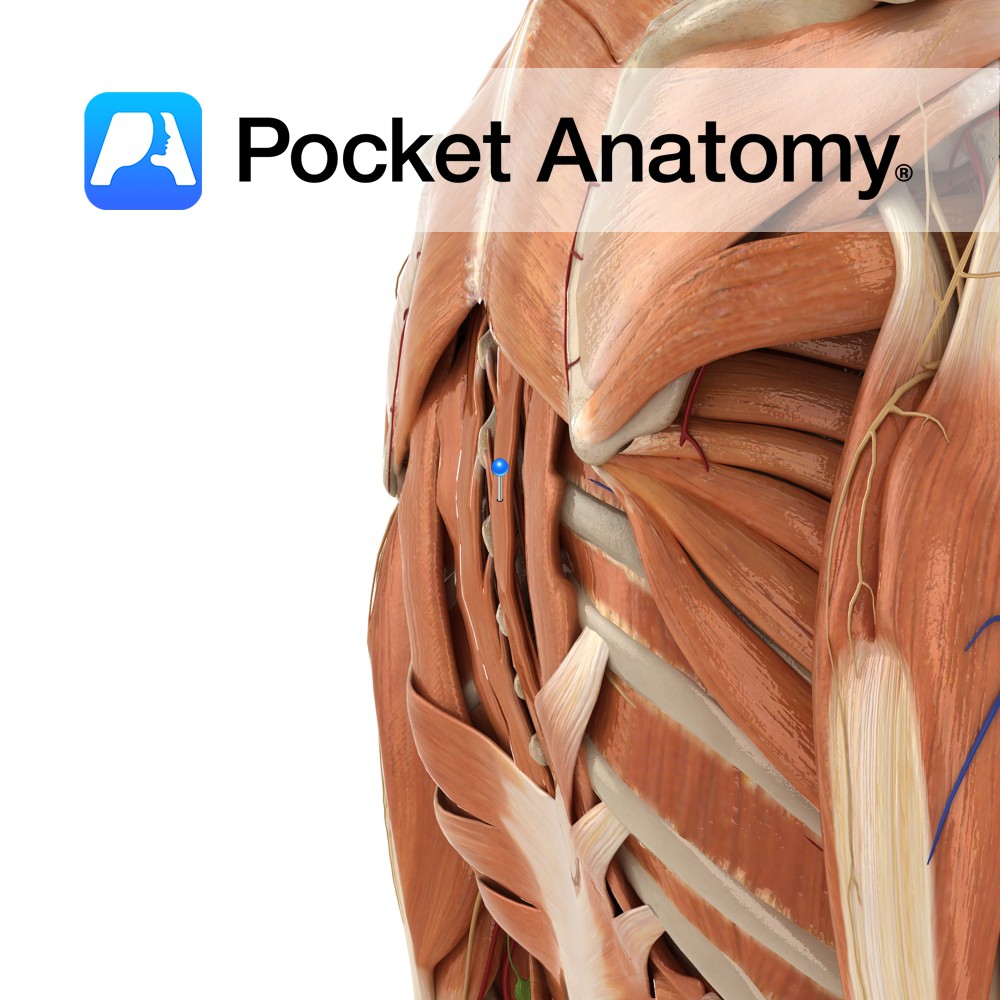
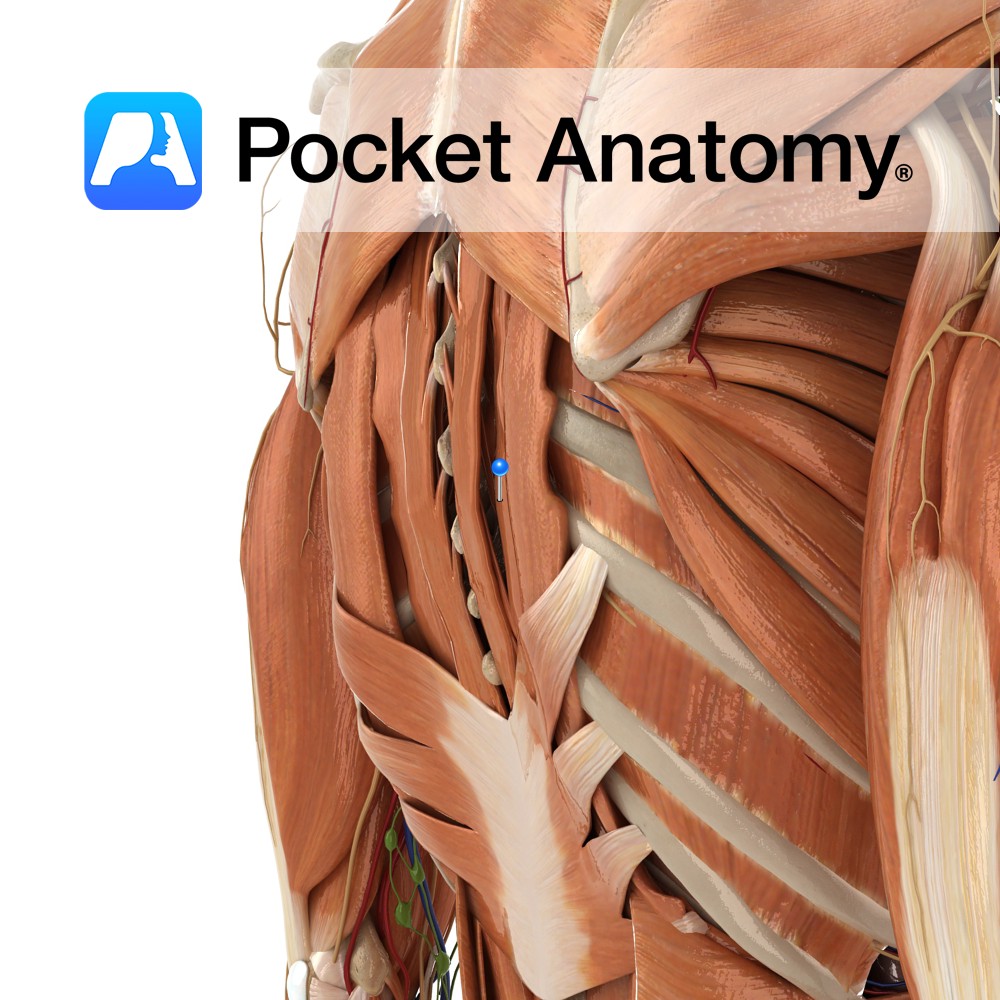

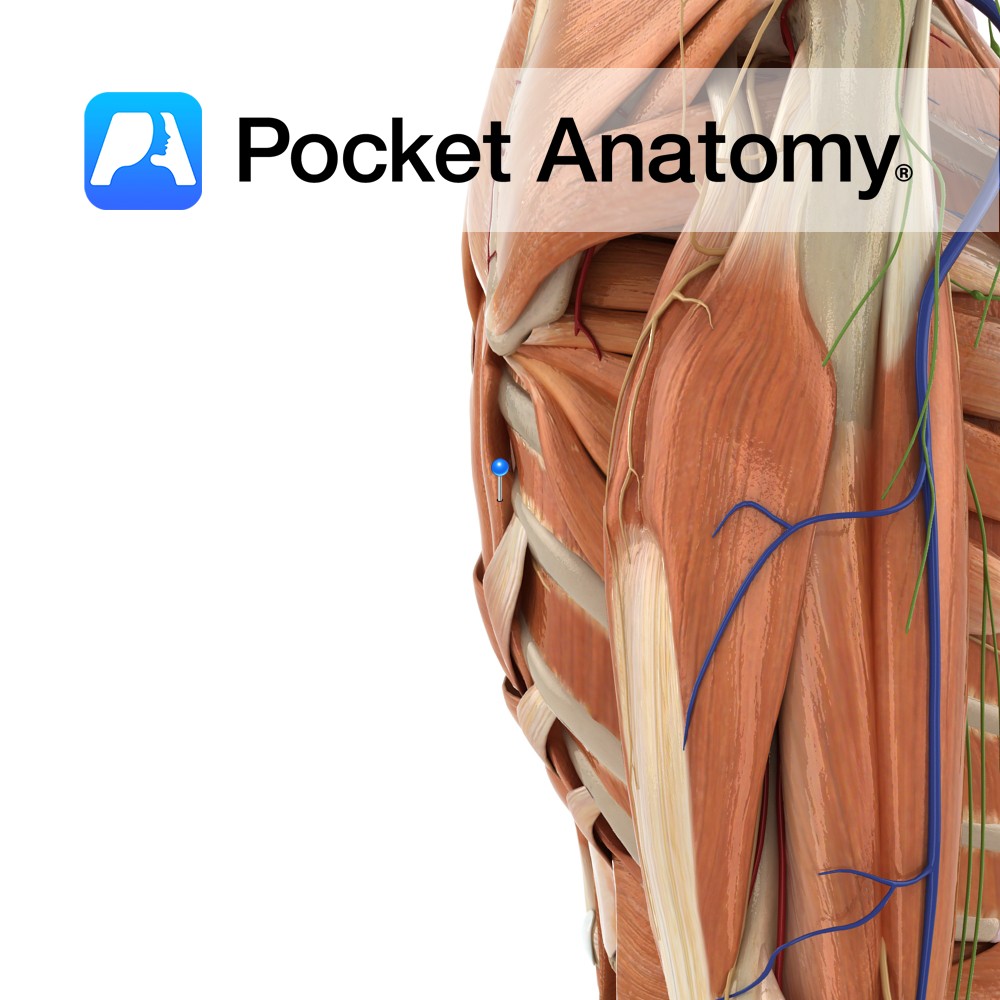
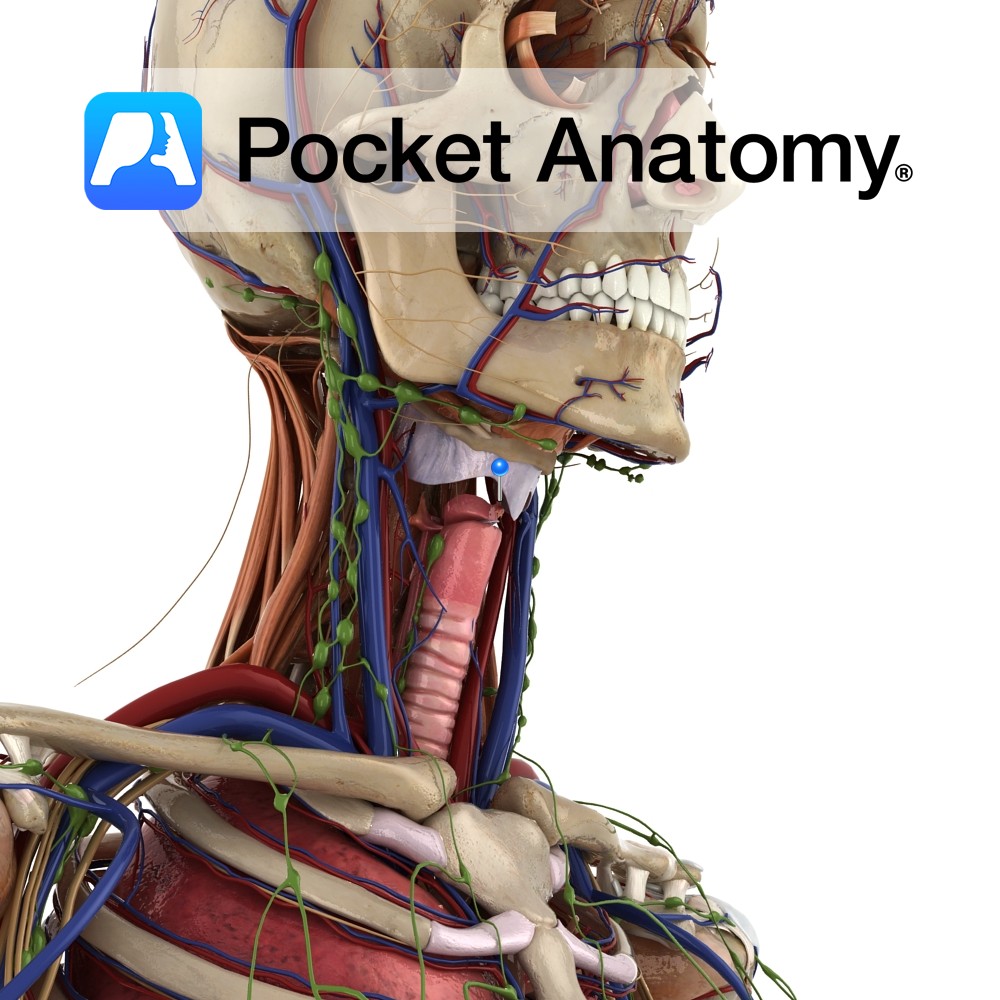

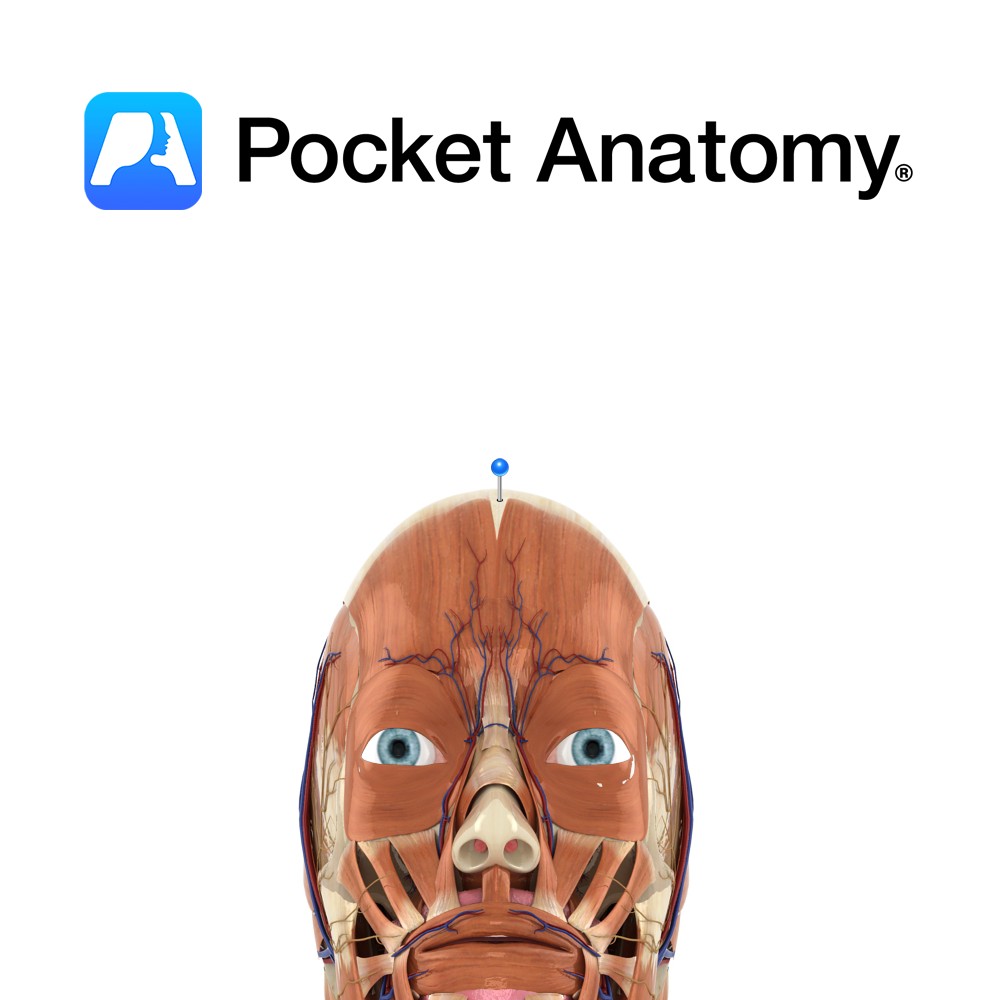
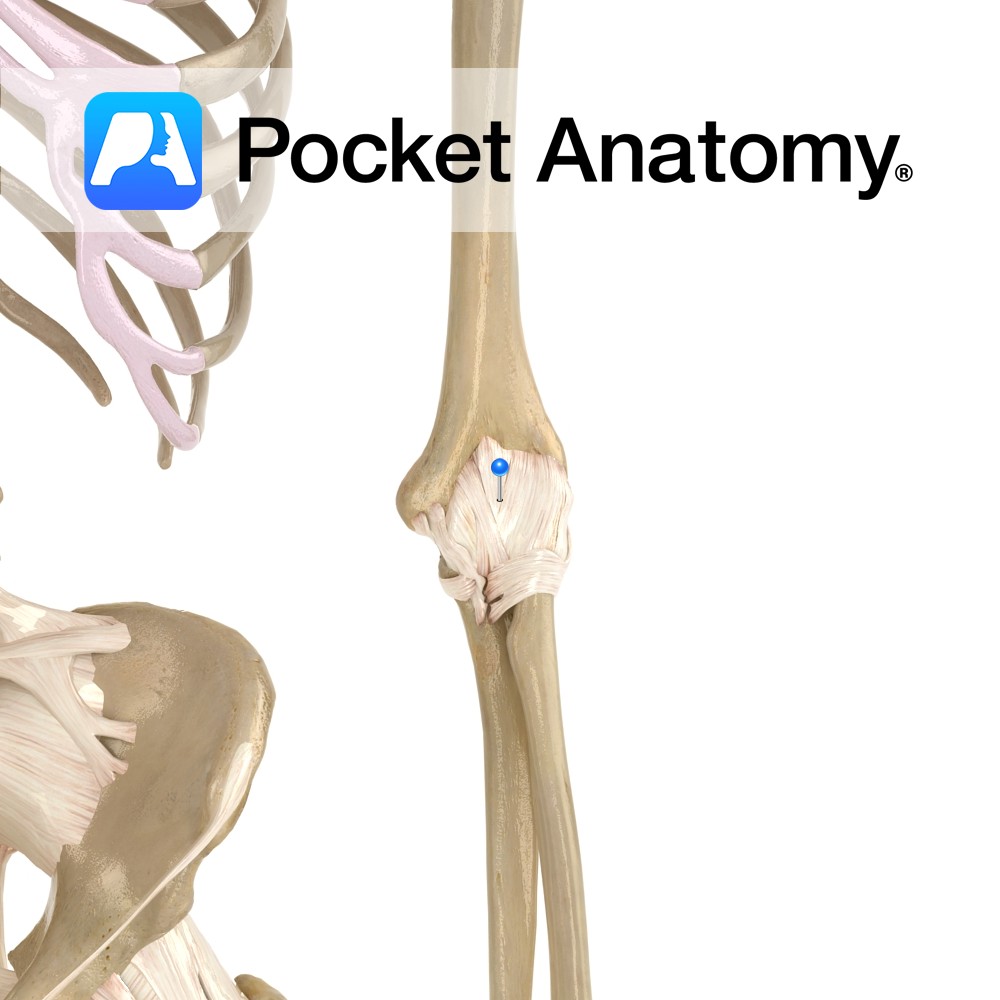
.jpg)